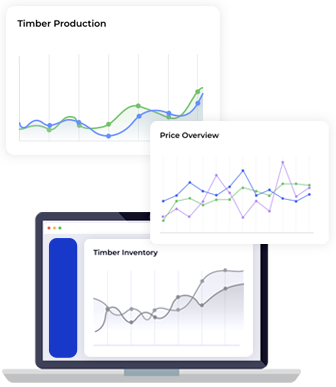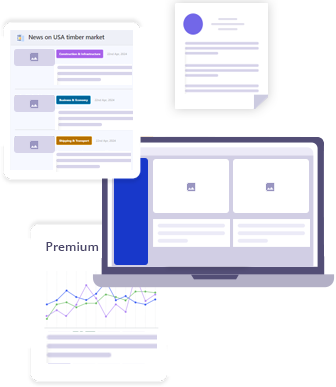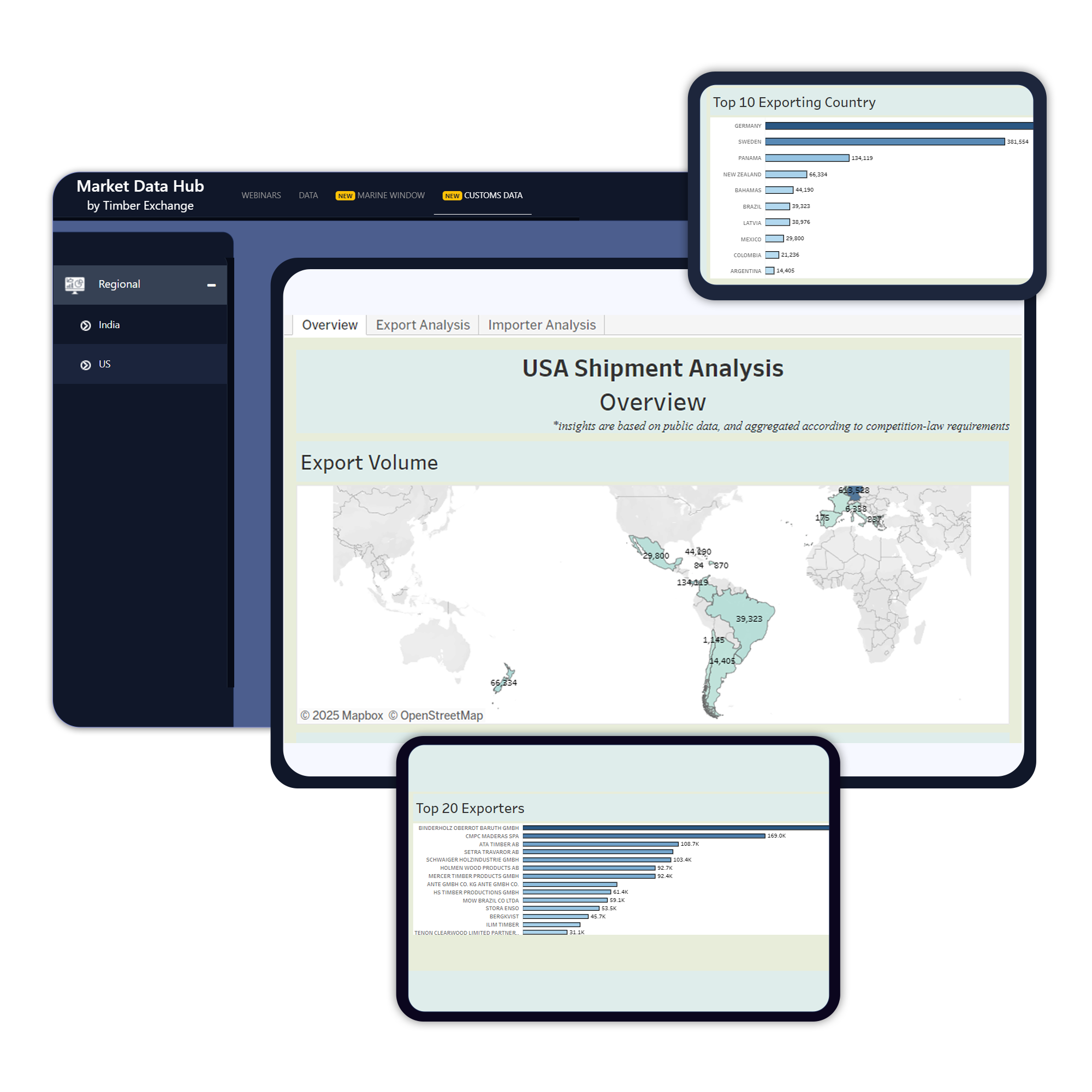Port of Melbourn's total container throughput saw a decrease of 6% in May
Posted on June 27, 2022 |
- In May 2022, the port's total container throughput (full and empty) fell by 6% to 271,053 TEU compared to the same period of the previous year, and year-to-date container volumes also fell by 1.9%.
- In May 2021, total container imports dropped by 3.9% in which containerized imports of manufacturers, furniture, metal manufacturers, and textiles dropped as well.
- In the same period, full container exports grew by 1.1% in volumes while total empty container movements fell by 14.1% due to vessel scheduling problems, congestion, and a declined number of total services.
- In May 2022, full overseas container imports fell by 6.0% compared to May 2021 while year-to-date volumes fell by 2.5%.
- Full overseas container exports grew by 1.1% compared to May 2021 but year-to-date volumes are down 5.6%.
- Full container transhipments dropped by 21.1% compared to May 2021 with year-to-date volumes down 8.9%.
- Full container trade between Melbourne and Tasmania (excluding transhipments) grew by 6.5% to 19,831 TEU in May 2021.
- In May 2021, the total empty container movements declined by 14.1% to 69,233 TEU but motor vehicle imports, dry bulk trade, and break bulk trade increased by 16.7%, 1.2%, and 50.2% respectively.





